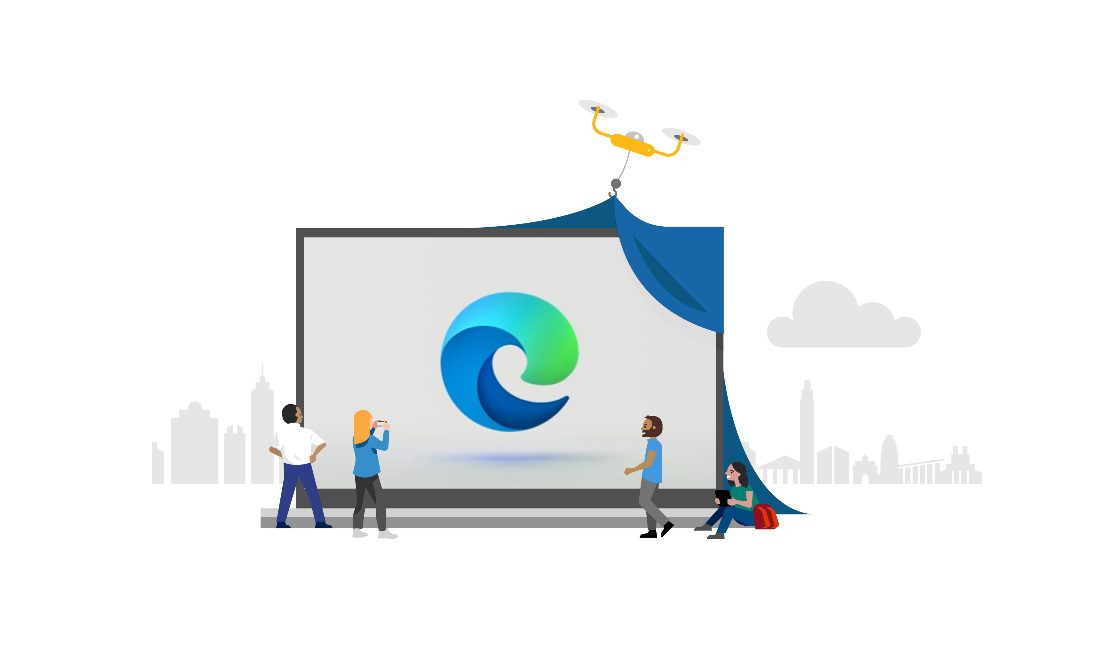Microsoft Edge 79 0 309 150
Microsoft has released a stable version of the new Edge Browser. Currently in Microsoft Intune it is only possible to deploy the Beta- & Dev-release of the browser with the default application deployment set.
My expectation is that the stable / GA version will follow shortly in the beginning of 2020.
The Stable-release currently is the same version as the beta, but without the branding.

Microsoft has released the latest Microsoft Edge Stable Channel (Version 88.0.705.74), which incorporates the latest Security Updates of the Chromium project. Microsoft Edge 88.0.705.62: Final release version of Microsoft's Chromium-powered Edge browser.
Guide
- First download the stable version from here: Microsoft Edge Stable
- Run the online installer: MicrosoftEdgeSetup.exe (So we can get the offline installer)
- Navigate to C:Program Files (x86)MicrosoftEdgeUpdateDownload
- Find the MicrosoftEdge_X64_79.0.309.18.exe in the folder. This is the Offline Installer.
- Package the file with the Microsoft Win32 Content Prep Tool.
- Example: IntuneWinAppUtil -c c:temp -s MicrosoftEdge_X64_79.0.309.18.exe -o c:temp
- Add the application to Microsoft Intune
- Add the app type: Windows App Win32
- Select the .intunewin file
- Fill in a name and description
- Install commands below in code (wordpress doens’t like to formatting)
- Requirements
- OS architecture: 64bit
- Detection Rules -> Registry
- Key Path: HKEY_LOCAL_MACHINESOFTWAREWOW6432NodeMicrosoftWindowsCurrentVersionUninstallMicrosoft Edge
- Value Name: Version
- Detection Method: String comparison
- Operator: Equals
- Value: 79.0.309.18
You can now choose to publish the app to your users trough the a required install or the company portal.
You can see that the application is installed:
-->A user agent (UA) string is able to be used to detect what version of a specific browser is being used on a certain operating system. Like other browsers, Microsoft Edge includes this information in the User-Agent HTTP header whenever it makes a request to a site. It may also be accessed via JavaScript by querying the value of navigator.userAgent.
Microsoft Edge 79 0 309 150 Pro
Microsoft recommends that web developers make use of feature detection whenever possible to improve code maintainability, reduce code fragility, and eliminate the risk of code breakage in the event of future UA string updates.
For cases where feature detection is not applicable and UA detection must be used, the format of the Microsoft Edge UA on desktop is as follows:
The User-Agent request header is in the following format:
The return value from navigator.userAgent is in the following format:
Platform identifiers change based on the operating system being used, and version numbers also increment as time passes. This format is the same as the Chromium UA with the addition of a new Edg token at the end. Microsoft selected the Edg token to avoid compatibility issues that may be caused by using the string Edge, which is used by the version of Microsoft Edge based on EdgeHTML. The Edg token is also consistent with existing tokens used on iOS and Android.
Mapping UA String to Browser Name
Microsoft Edge 79 0 309 150 Reviews
Mapping UA string tokens to a more human-readable browser name for use in code is a common pattern on the web today. When mapping the new Edg token to a browser name, Microsoft recommends using a different name than the one developers used for the legacy version of Microsoft Edge to avoid accidentally applying any legacy workarounds that are not applicable to Chromium-based browsers.
User Agent Overrides
Sometimes, a website does not recognize the updated version of the Microsoft Edge UA. As a result, a set of the features of that website may not work correctly. When Microsoft is notified about these types of issues, website owners are contacted and informed about the updated UA.
The sites often need some time to update and test the UA detection logic to address the issues that Microsoft reports to site owners. In these cases, Microsoft uses a list of UA overrides in our Beta and Stable channels to maximize compatibility for users who access these sites. The overrides specify new UA values that Microsoft Edge should send instead of the default UA for specific sites. You are able to view the list of UA overrides that are currently being applied by navigating to edge://compat/useragent in the Beta and Stable channels of Microsoft Edge.
Our Canary and Dev channels do not currently receive UA overrides so that web developers have an environment where they can easily reproduce issues on their sites that are caused by the default Microsoft Edge UA. If for some reason you require the ability to disable UA overrides in the Beta or Stable channels of Microsoft Edge, you may run the Microsoft Edge executable using the following command line argument: